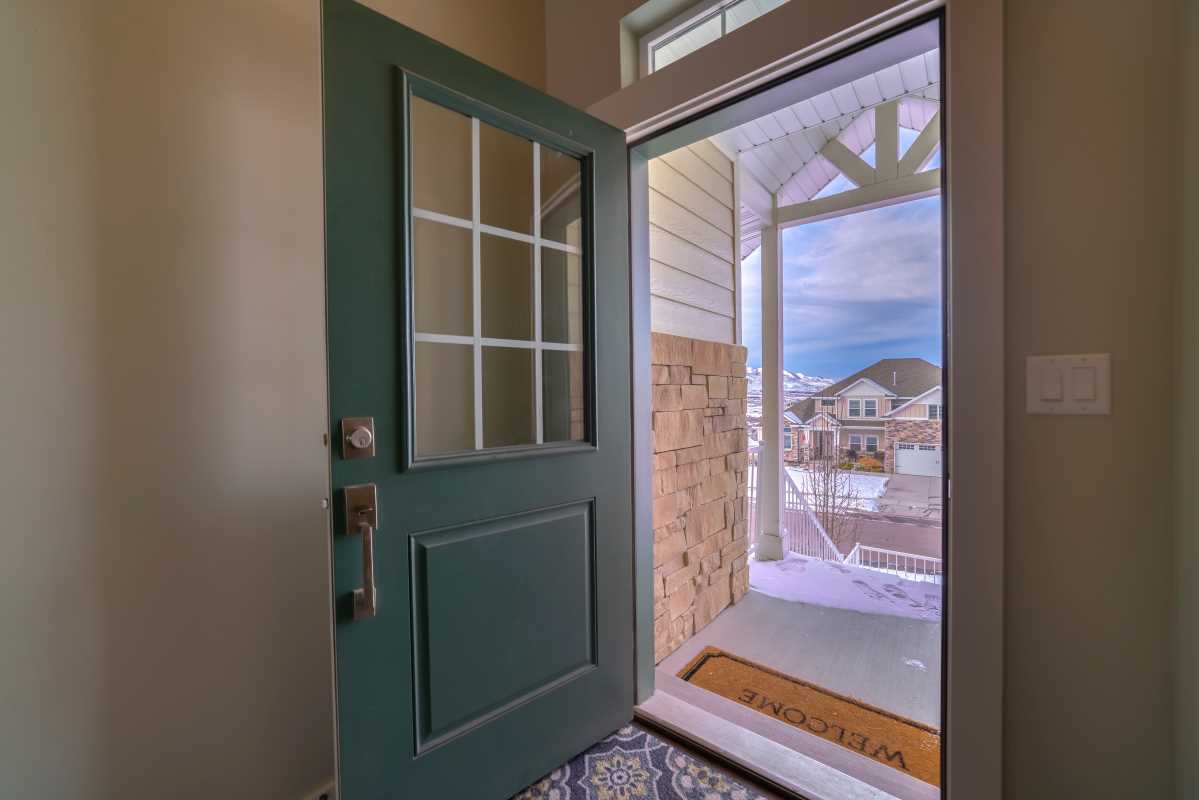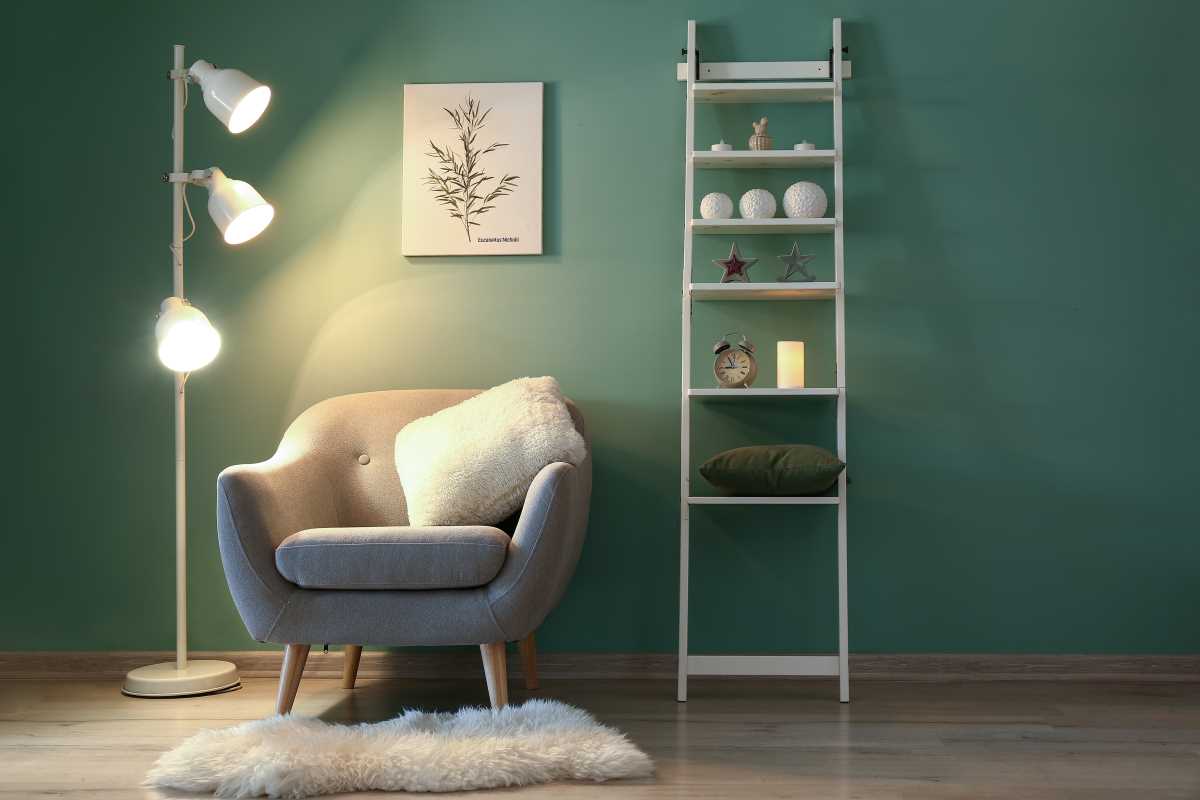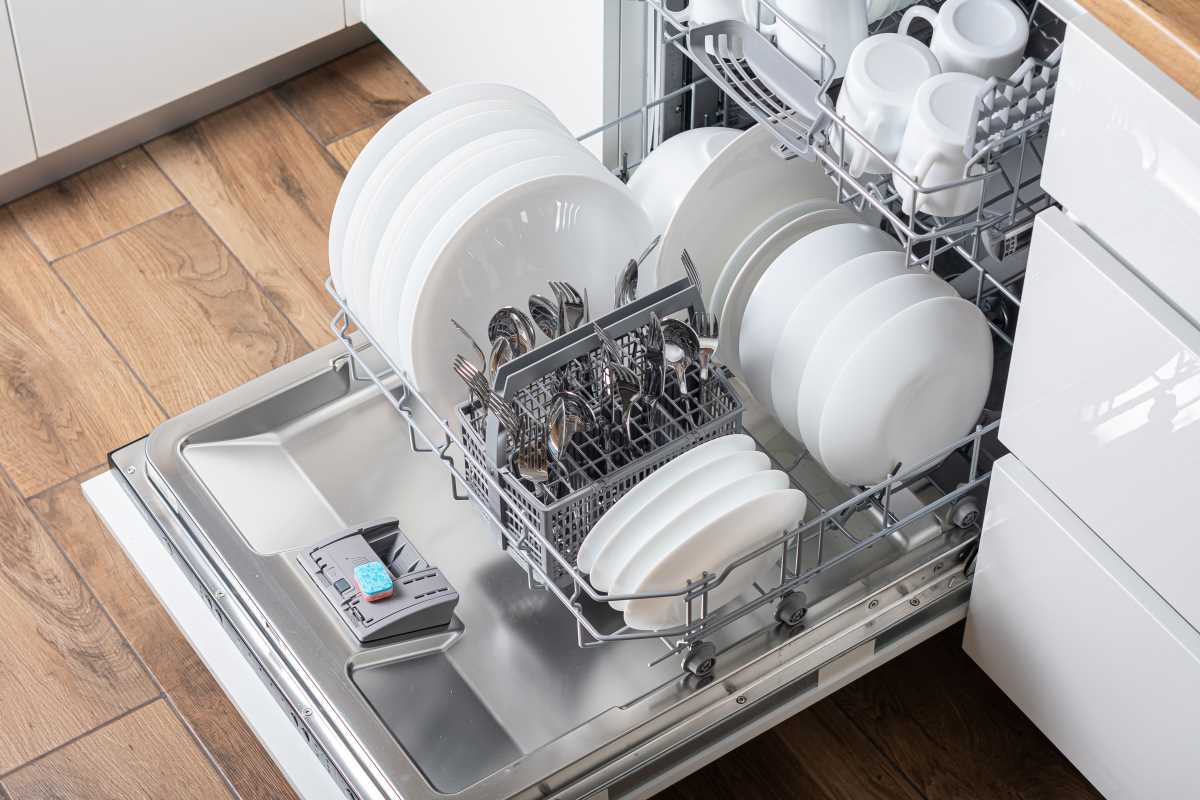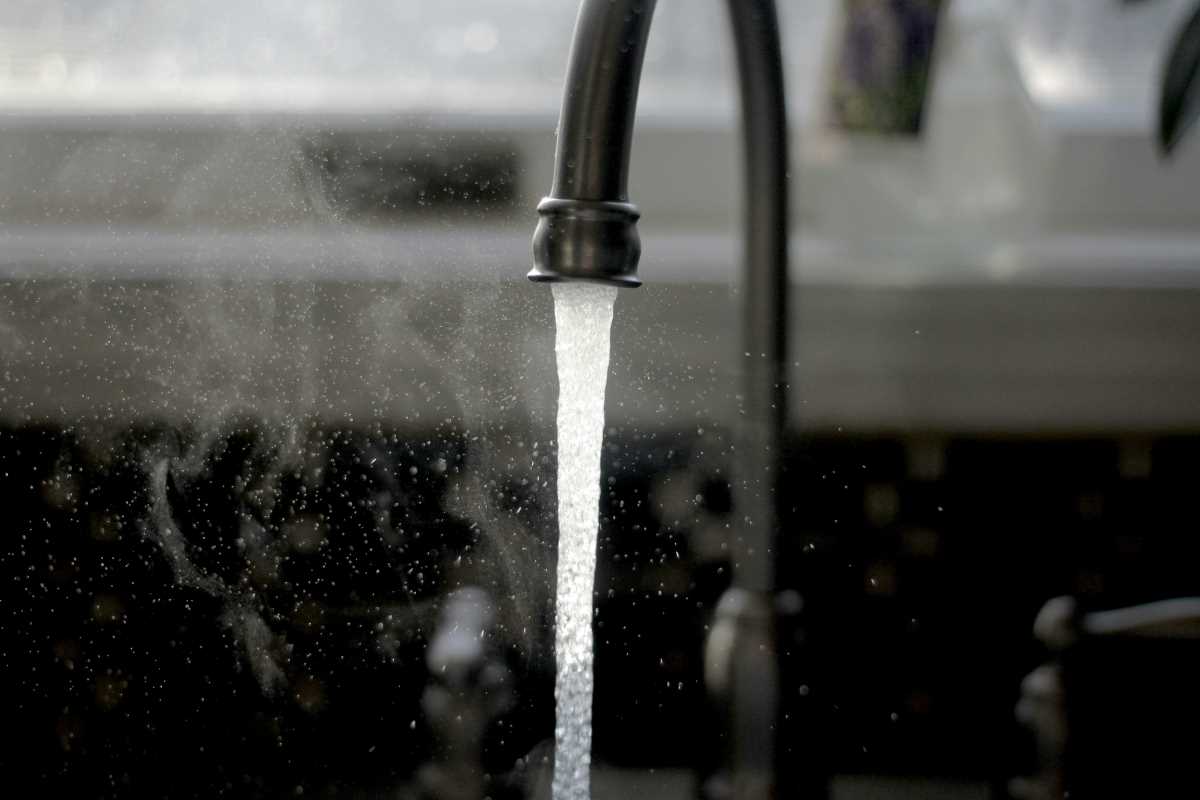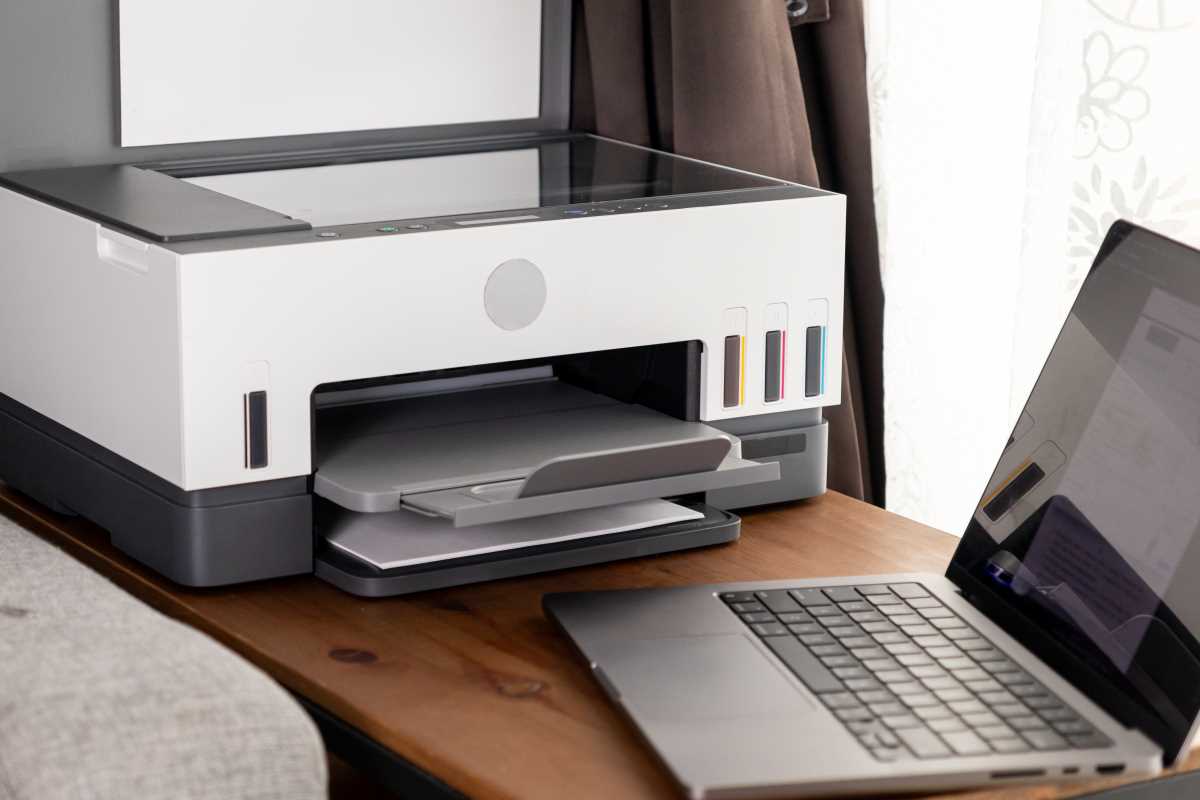A home should be a comfortable and peaceful retreat, but the grating sound of squeaky door hinges can quickly interrupt that serenity. Over time, hinges can develop creaks due to friction, dirt buildup, or lack of lubrication. While these noises may seem like a minor annoyance, ignoring them can lead to wear and even damage to the hinge components. The good news is that silencing noisy hinges is not only manageable but can be accomplished with everyday tools and simple techniques. This guide breaks down practical methods to fix squeaky door hinges, helping to restore smooth, silent operation with minimal effort.
Understanding the Cause of Squeaky Hinges
Before rushing to fix a squeaky hinge, it’s helpful to understand why the noise occurs. Hinges work by pivoting two metal components against each other, usually with a central pin holding them in place. Over time, constant movement generates friction, especially when dirt, dust, or rust enters the equation. This buildup prevents the hinge from moving smoothly, causing the high-pitched creaks and groans.
A lack of lubrication can worsen the problem. Hinges are designed to glide effortlessly with the help of a thin layer of grease or oil. When that lubrication dries out or wears off, it leaves the metal surfaces exposed, escalating the friction and, in turn, the noise. Identifying these culprits at the outset ensures the solution will address the root of the problem.
Choosing the Right Tools and Materials
Tackling noisy hinges doesn’t require specialized equipment, but the right supplies can make the process quicker and more effective. Most fixes can be completed with items already on hand. A basic toolkit, including a hammer, screwdriver, and pliers, is usually sufficient. For cleaning the hinges, soft cloths, a toothbrush, or cotton swabs are all useful for reaching tight areas.
When it comes to lubricating materials, there are a variety of options to choose from. Household staples like petroleum jelly or cooking oil can work in a pinch, though they may not offer long-lasting results. For something more durable, products like silicone spray, lithium grease, or penetrating oils (such as WD-40) are ideal. These lubricants are designed specifically for metal components and provide prolonged protection against wear and moisture.
Testing and Preparing the Hinges
The first step in silencing hinges is to pinpoint the exact source of the noise. Swing the door slowly back and forth, paying attention to which hinge makes the sound. If the squeak occurs in multiple hinges, all will need attention to ensure long-term quiet operation.
Once the noisy hinges are identified, it’s time to prepare them for maintenance. Over time, dirt and debris can accumulate around the pin and hinge plates, making cleaning an important first step. Without removing the pin, wipe the hinge thoroughly with a cloth or gently scrub with a toothbrush to remove surface grime. If the hinges still appear dirty, remove the pin entirely to access hidden areas and clean them in detail. Reinstall the pin lightly when you're ready to move to the lubrication step.
Lubricating the Hinges for Immediate Relief
With everything cleaned and prepped, it’s time to apply lubrication. Begin by removing the hinge pin one more time, using a screwdriver and hammer if necessary to tap it out gently. Place the pin on a flat surface and coat it with your chosen lubricant. A light but even layer is usually sufficient. Don’t forget to apply a small amount of oil or grease to the inside of the hinge barrel while it’s open.
Reinsert the lubricated pin back into the hinge and wipe away any excess material. Swing the door open and closed several times to help distribute the lubricant evenly. For hinges that still make slight noises after lubrication, a few additional cycles of opening and closing should smooth everything out.
Tackling Stubborn or Rusted Hinges
While many squeaky hinges respond well to cleaning and lubrication, some may require additional attention, especially if rust or corrosion is present. Rust weakens the hinge and increases noise by adding rough, abrasive surfaces to the pivot point.
If rust is visible, remove the entire hinge from the door for deeper cleaning. A steel wool pad or fine sandpaper can help remove rust from the metal parts. Finish by wiping the hinge with a damp cloth and applying a protective lubricant to prevent future corrosion. After cleaning, reinstall the hinge and test for noise. Rust-resistant lubricants or sprays designed for outdoor hardware can be particularly helpful in maintaining long-term quietness.
Ensuring Long-Lasting Results
Once the squeaky hinges are fixed, regular maintenance can help keep them quiet and in good condition. Routine checks every few months allow for timely reapplication of lubrication if necessary. Wiping down visible parts of the hinge, particularly in dusty or humid environments, also prevents dirt or moisture buildup, which can lead to recurring issues.
For homes with frequently used doors, such as entry doors or those in high-traffic areas, investing in high-quality lubricants can prolong the period between maintenance sessions. Silicone-based products or graphitic powders resist drying out and maintain smooth operation longer than basic household alternatives.
The Benefits of Proactive Hinge Care
Fixing a squeaky hinge does more than eliminate an annoying sound; it prolongs the life of the hinge and improves the overall functionality of the door. A well-maintained hinge doesn’t just pivot quietly but does so with less strain on the metal parts, reducing the risk of future wear or the need for replacement.
Beyond mechanical health, eliminating squeaky hinges also enhances comfort. No one enjoys the jarring sound of a creaky door during the early hours of the morning or late at night. Proactive care preserves both the quality of the home and its sense of tranquility.
Finding a Deeper Solution for Persistently Noisy Hardware
Sometimes, no matter how much oil or grease is applied, a hinge seems determined to stay noisy. Persistent issues might indicate underlying problems with the hinge itself or the door's alignment. A poorly aligned door can cause uneven pressure on the hinge, leading to noise and premature wear.
In such cases, replacing the hinge with a new one may be the best solution. Modern hinges are often designed with built-in bearings or self-lubricating components, providing quieter operation over a longer time. When replacing hinges, take the opportunity to upgrade to high-quality materials like stainless steel, especially for areas prone to moisture or heavy use. Secure installation ensures proper alignment and smoother, noise-free operation going forward.
